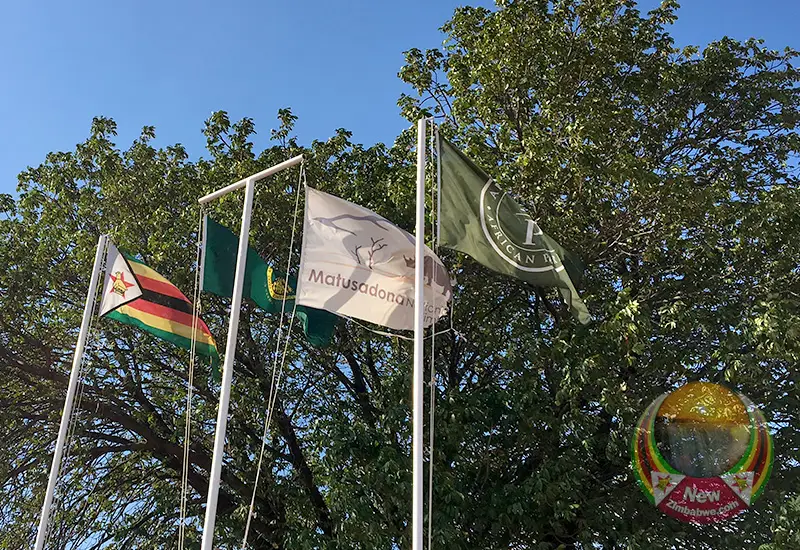By Mary Taruvinga
The Zimbabwe Parks and Wildlife Management Authority (ZimParks), working with the Matusadona Conservation Trust, has successfully translocated 74 large herbivores to restore biodiversity in Matusadona National Park.
The month-long operation, completed in July 2025, according to ZimParks spokesperson Tinashe Farawosaw the relocation of 50 African buffalo and 10 common eland from Tsetse Island on Lake Kariba, along with 14 sable antelope from the Sibilobilo Safari Area on the Zambezi River.
“This marks an important milestone in ongoing conservation efforts within Matusadona National Park,” Farawo said.
“These operations represent a significant step in the ongoing restoration of one of Zimbabwe’s most important conservation areas.”
Farawo said feasibility assessments were carried out beforehand to ensure the sustainability of the species and the long-term health of the park’s ecosystem.
He said the translocations are expected to revive graze and browse dynamics, strengthen prey bases, and enhance ecosystem resilience across the Sebungwe region.
“The translocations will help restore the ecological balance of the park, while supporting the broader restoration of the Sebungwe Region in the years to come,” he said.
The initiative also received strong backing from the Nyaminyami community, whose newly ratified Land Use Plan, approved by the Minister of Local Government on July 29, was hailed as “exceptional conservation leadership” reinforcing long-term wildlife protection goals.
Demonstrating world-class collaboration, the translocations were carried out with the expertise of African Wildlife Management and Conservation (AWMC), Wildlife Management Services International (WMSI), and Matusadona’s Conservation and Veterinarian Unit.
Funding was provided by both local and international donors, including the Global Wildlife Fund.
